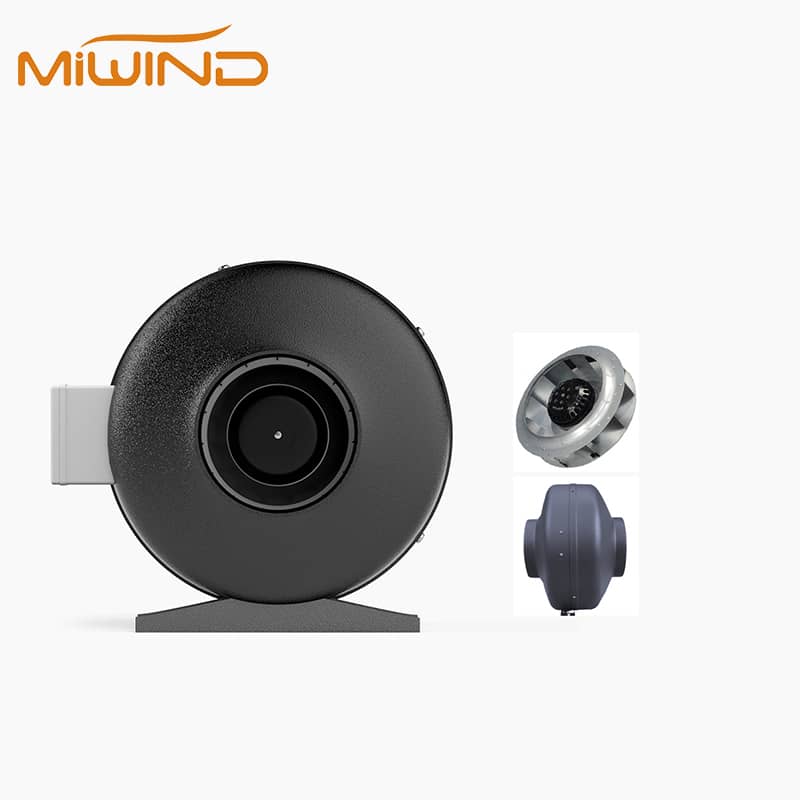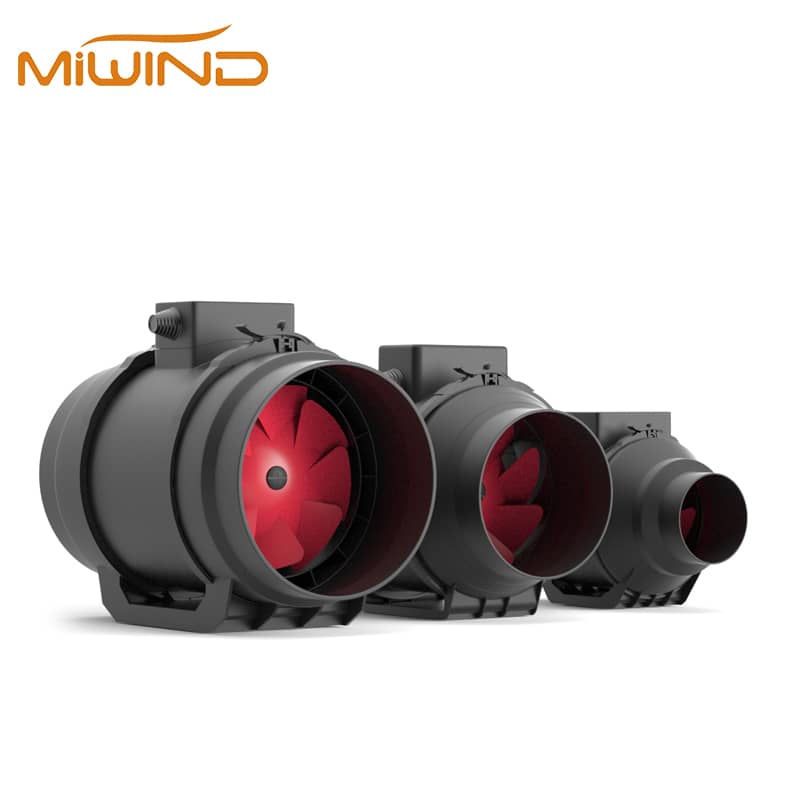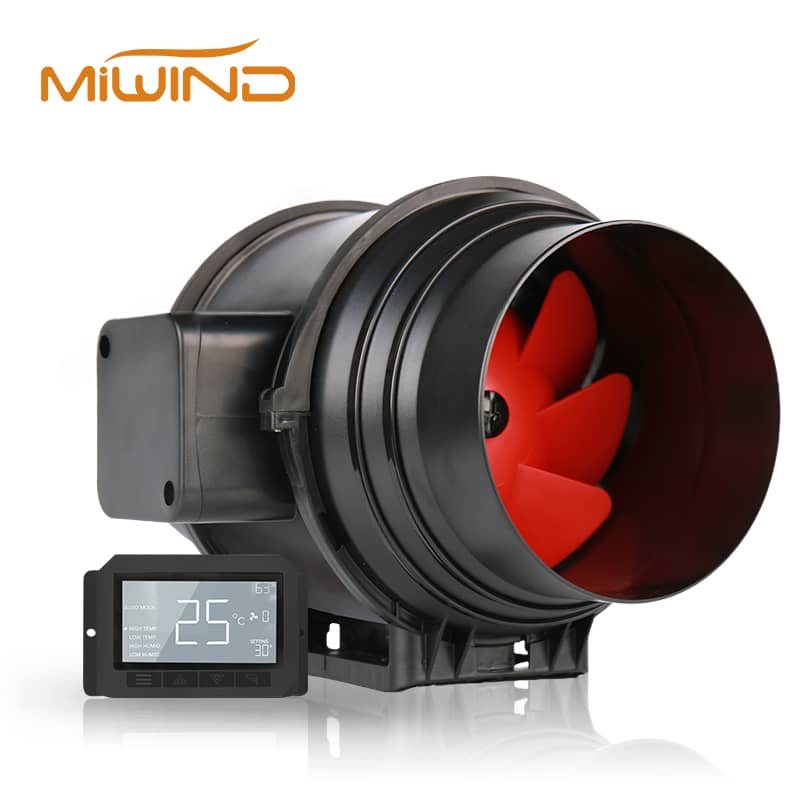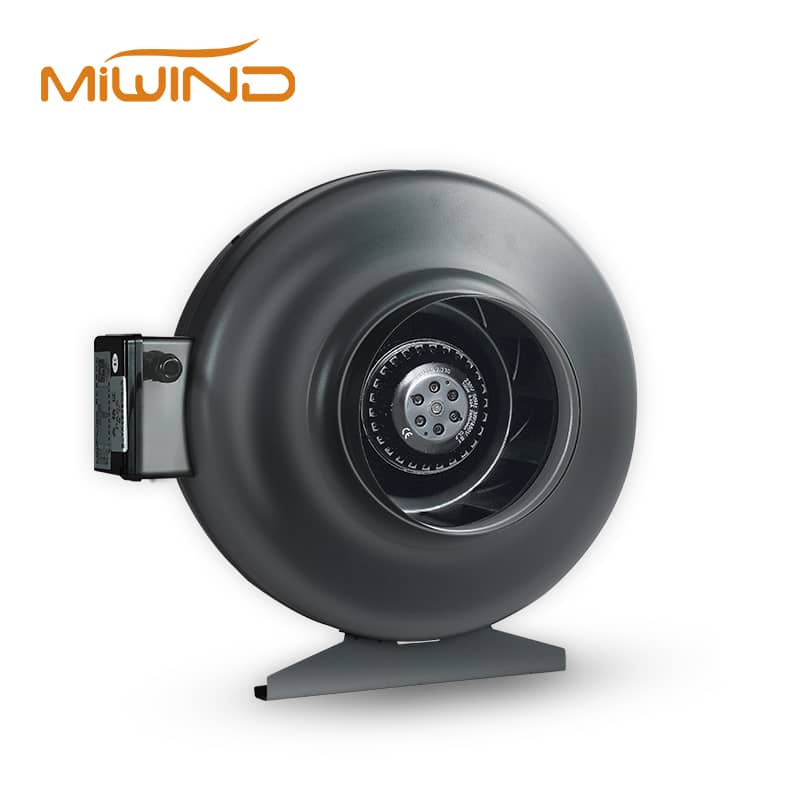
Selecting the appropriate air circulation fan duct is essential for ensuring optimal airflow and ventilation in any environment. This guide will provide a comprehensive overview of air circulation fans, their applications, and key considerations to help you make an informed decision.
Air circulation fans are devices designed to move air within a space, enhancing ventilation and improving indoor air quality. They are commonly used in residential, commercial, and industrial settings to facilitate air movement and temperature control. The main types of air circulation fans include axial fans, which move air along the axis of the fan; centrifugal fans, which move air at right angles to the intake; and mixed flow fans, which combine features of both designs.
When selecting an air circulation fan duct, several critical factors must be taken into account to ensure optimal performance:
The size of your ductwork is one of the most crucial elements influencing fan performance. Proper duct sizing ensures that the fan operates efficiently without excessive strain. If ducts are too small, they can restrict airflow, causing the fan to work harder and leading to increased energy consumption. Conversely, oversized ducts can reduce air velocity, resulting in inadequate air circulation and comfort issues. The ideal duct diameter should be determined based on the required airflow (measured in cubic feet per minute or CFM) for your specific application.

Understanding your airflow requirements is essential for selecting the right fan and duct system. The required airflow depends on various factors, including room size, usage, and occupancy levels. For example, a bathroom may require five air changes per hour (ACH), while a commercial kitchen may need significantly more to handle cooking fumes. Calculating the necessary CFM based on these parameters will help you choose a fan that can deliver the desired airflow efficiently.
The length and configuration of your ductwork greatly impact airflow performance. Longer ducts with multiple bends increase resistance, leading to pressure drops that can hinder airflow. To optimize performance, keep duct runs as short and straight as possible. Additionally, minimize the use of elbows and transitions that can create turbulence and disrupt smooth airflow.
Different fan types produce varying noise levels during operation. Noise is an important consideration, especially in residential or office environments where comfort is paramount. When selecting a fan, look for models that incorporate sound-dampening features or are specifically designed for quiet operation. Additionally, consider the placement of the fan; positioning it away from frequently occupied areas can help mitigate noise disturbances.
Energy efficiency is increasingly important in today’s environmentally conscious world. Selecting energy-efficient fans can significantly reduce operational costs while minimizing environmental impact. Look for fans with high-efficiency ratings or those that utilize variable speed controls to adjust airflow based on real-time needs. This not only conserves energy but also prolongs the lifespan of your equipment by reducing wear and tear.

Air Ventilator Fan Manufacturers
Air circulation fans serve various purposes across different environments:
In residential settings, air circulation fans play a vital role in maintaining comfort and indoor air quality. They are commonly utilized in:
Bathrooms: Fans help remove excess moisture and odors effectively, preventing mold growth.
Kitchens: Ventilation fans are essential for removing smoke, heat, and cooking odors during meal preparation.
Living Spaces: Ceiling fans or portable fans enhance comfort by promoting even temperature distribution throughout rooms.
In commercial environments, air circulation fans are crucial for creating comfortable working conditions:
Office Spaces: Proper ventilation improves employee productivity by ensuring fresh air circulation and maintaining comfortable temperatures.
Retail Stores: Fans enhance customer experience by regulating indoor climate conditions, making shopping more pleasant.
Warehouses: Industrial fans improve air circulation to protect stored goods from heat buildup and moisture accumulation.

In industrial applications, robust air circulation is essential for safety and efficiency:
Manufacturing Plants: Fans help control temperature and humidity levels while removing airborne contaminants generated during production processes.
HVAC Systems: Fans support large-scale ventilation needs across extensive duct networks in facilities such as data centers or food processing plants.
Agricultural Settings: In barns or greenhouses, fans maintain optimal growing conditions by regulating temperature and humidity levels.
Choosing the right air circulation fan duct involves understanding your specific needs regarding fan type, duct size, airflow requirements, noise levels, energy efficiency, and installation considerations. By taking these factors into account, you can ensure effective ventilation and improved indoor air quality in your space. Whether for residential or industrial use, selecting the appropriate fan will lead to enhanced comfort and efficiency in any environment.